Discover Dalmatia: your eno gastro guide
Welcome to the guide to the rich and delicious cuisine of Dalmatia. This beautiful region is known for its vibrant food culture, unique culinary traditions, and world-famous wines. Whether you are an experienced food lover or a curious traveler, this guide will take you on a gastronomic journey through the heart of Dalmatia where you will discover the diverse tastes and textures of this favorite cuisine.
From fresh seafood caught in the Adriatic Sea to abundant meat dishes cooked under the bell, Dalmatian cuisine represents a reflection of the history, geography, and culture of the region. What better way to enjoy these culinary delights than to associate them with the perfect local wine? Dalmatia boasts a wide range of wines, from fresh white to full black that complement and enhance the flavors of the dish.
This guide will show the most famous dishes of Dalmatian cuisine, the best places to taste them, and the rich history and tradition behind them. Also, we will reveal to you the local markets of this region where locals gather to buy the freshest products, cheese, and cured meats. But Dalmatia is not only a paradise for food lovers, it is a growing destination for gastro-tourism with local farms, restaurants, and cooking classes that offer experiences for those who want to learn more about the culinary benefits of the region.
Get ready for the experience of an explosion of flavors that define a Croatian summer. Dalmatia, a region located on the eastern coast of the Adriatic Sea, has a rich cultural heritage of food that is shaped by its coastal climate and an abundance of local ingredients. From freshly caught seafood to juicy meat dishes, Dalmatian cuisine will surely satisfy you and leave you wanting more.
One of the most popular seafood dishes in Dalmatia is brudet - a rich soup of different types of fish, shellfish, and vegetables. Each chef has his unique recipe making each stew a little different, but equally delicious. The second most famous dish is peka with lamb, which is slowly baked with potatoes and vegetables under a bell-shaped lid. The result of slow roasting is soft lamb melting in the mouth. In addition to stew and peak, a dish that perfectly presents the tastes of Dalmatian cuisine is pašticada. This beef dish is prepared slowly and has a rich sauce of red wine, vinegar, and plums. It is often served with homemade gnocchi or other pasta and goes perfectly with full red wine, Plavac mali is recommended.
Dalmatian cuisine is not only seafood and meat. Vegetarians and vegans will enjoy the variety of fresh fruits and vegetables available in the region, including the famous maraschino cherries and figs, which are often used in desserts.
Traditional Dalmatian dishes that you must try
Brudet: seafood soup made from different types of fish, shellfish, onions, garlic, tomatoes, and white wine. It is served with polenta.
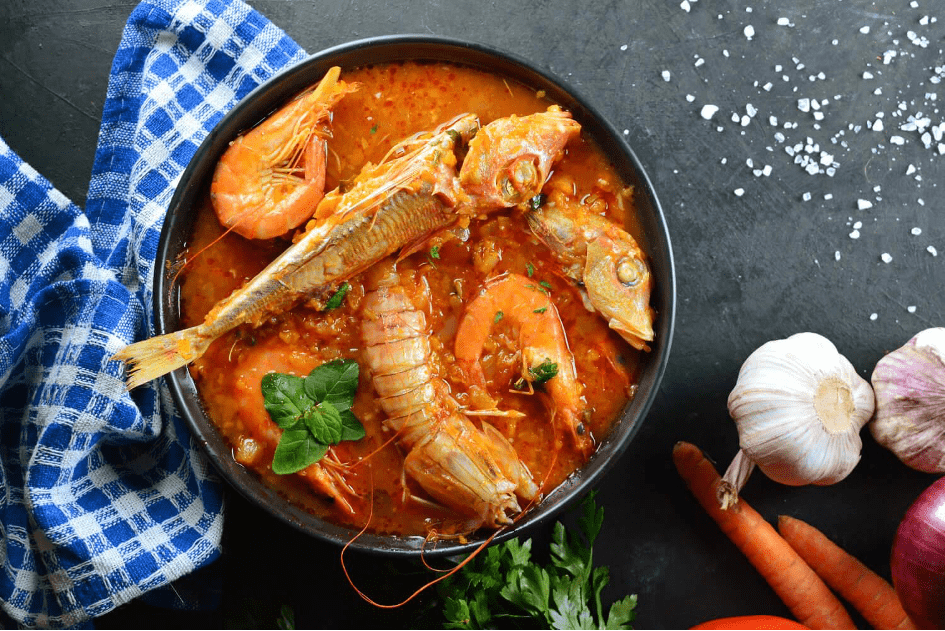
Peka: stew with lamb or octopus cooked under the bell with potatoes, vegetables, and herbs. It is served with bread.
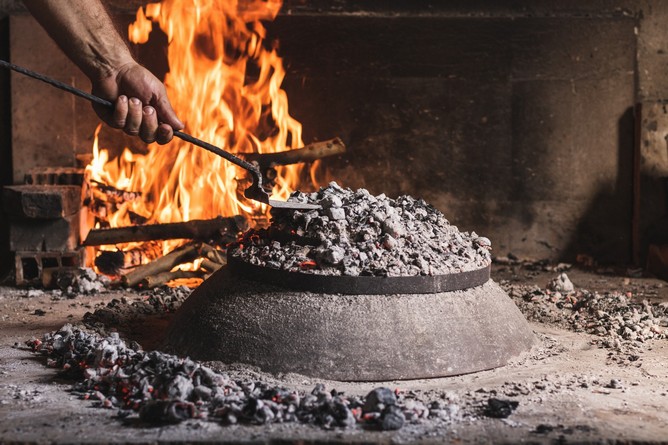
Pašticada: beef stew marinated in red wine and vinegar with plums, carrots, and herbs. It is served with gnocchi or homemade pasta.
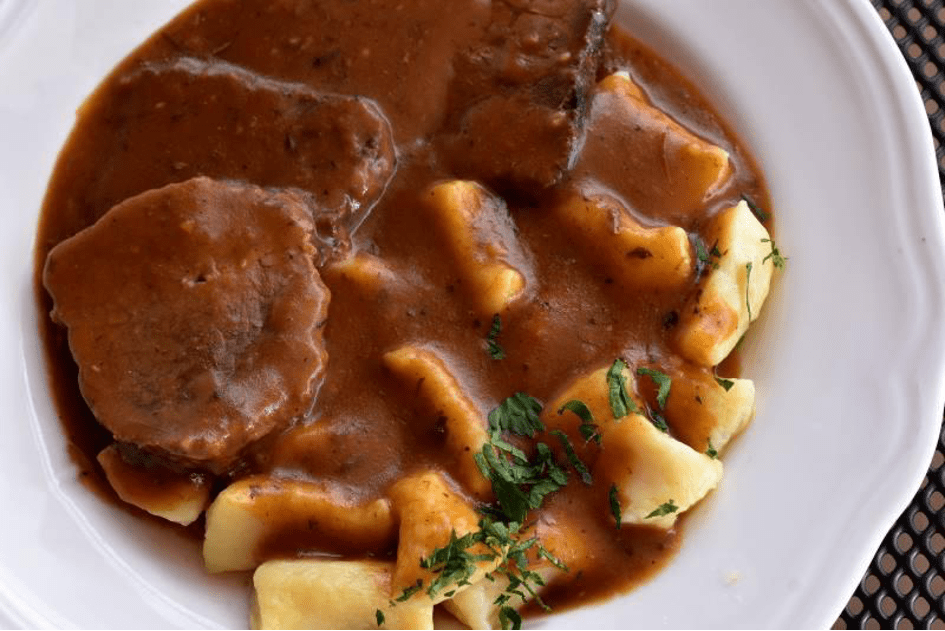
Black risotto: cuttlefish risotto with onions, garlic, tomato sauce and seafood. It is served with a glass of white wine.
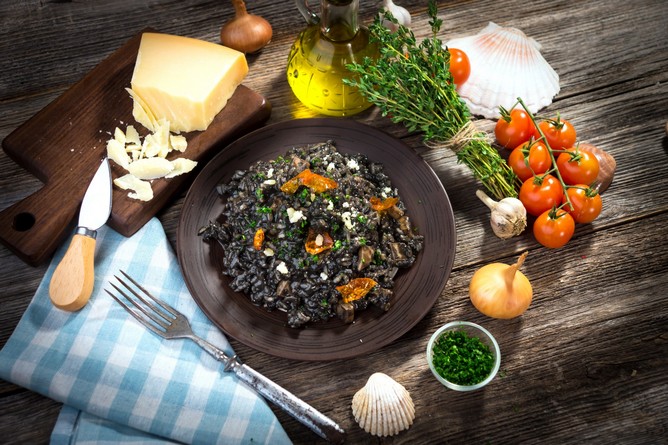
Exploring local markets: the heart of Dalmatian gastronomy
Prepare to immerse yourself in the heart of Dalmatian gastronomy by visiting one of the picturesque local markets of the region. Here you can explore the richness of local produce, cheese, and cured meats that determine the cultural heritage of the region.
While walking between the stalls at the market, be sure to engage with passionate sellers who will be happy to share their knowledge and love for Dalmatian cuisine. You'll quickly discover that markets are more than just a place to buy groceries they're a hub of social activities where locals gather to reunite with friends and neighbors over delicious food.
Soak up the colors, aromas, and flavors of the market while tasting some of the region's most famous dishes, such as the famous Dalmatian smoked prosciutto or soft, creamy cheese. Also, you can taste some of the freshest fish directly from the Adriatic Sea or pamper yourself with warm, crispy pastry stuffed with local herbs and cheese.
The best local markets in Dalmatia:
- Market: Split
- Fish market: Trogir
- Riva Market: Zadar
If you are lucky enough to visit Dalmatia during one of the local food festivals, such as Ferin Gastro Fest in Makarska or Omiš Cukarin Festival, be sure to add them to your itinerary. These festivals are a great way to taste a variety of local dishes and wines and to celebrate the unique cultural heritage of the region.
Wine tasting in Dalmatia: a wine paradise
Get ready to discover the secrets of Croatian wine while exploring the stunning vineyards and wineries of Dalmatia. Wine tasting in Dalmatia is an unparalleled experience that will take you on a journey through some of the most special and recognizable wines in the world. With an ideal climate, terrain, and tradition, Dalmatia is one of the most exciting wine regions in Croatia.
Whether you are a wine connoisseur or a curious beginner, there is something for everyone in Dalmatia. The region's most famous red wine, Plavac Mali, is a wine for those who like strong and complex flavors. Made from grapes grown on steep slopes and hand-harvested by dedicated winegrowers. On the other hand, if you prefer light and fresh white wines, Pošip is the perfect choice for you. Its refreshing notes of citrus and floral aromas make it an ideal pair with fish and salads. In addition to Plavac Mali, we should also mention Dingač and Postup.
Wineries in Dalmatia to visit:
Royal Vineyards is a renowned winery located in Croatia. They are known for the production of top-quality wines, and one of them is Crljenak, which is an autochthonous grape variety also known as Zinfandel. This wine is characterized by a rich taste and pronounced fruity aroma, and is produced with carefully selected grapes and top vinification. Crljenak from the Royal Vineyards will surely satisfy even the most demanding wine lovers. For more details about this wine and winery, visit their website: Kraljevski Vinogradi - Crljenak
Korta Katarina, Pelješac - it is an autochthonous variety of Crljenak Kaštelanski. Korta Katarina Winery is known for its innovations in wine production, and this Zinfandel is characterized by ruby color and fruity aromas such as cherries and cherries. The wine is young, vibrant, and offers surprising complexity, especially after opening. The winery also highlights the importance of integrating oak into its wines.
Matoško Winery is located on the Pelješac peninsula and is known for the production of high-quality wines, including well-known varieties such as Dingač and Plavac mali. This winery has a long tradition in viticulture and vinification and traces its roots back to the 19th century. Matoško Winery combines traditional methods with modern techniques to create premium wines that reflect the richness of Pelješac.
St. Hills Winery is known for producing premium wines. The winery focuses on the preservation and valorization of indigenous grape varieties and produces high-quality wines that reflect the specific characteristics of the region. Saints Hills also works with international winemaking experts to achieve outstanding results in wine production. The winery has gained prestige and recognition internationally, and its wines are often awarded in prestigious competitions.
Bibich Winery is a renowned Croatian winery located in Šibenik. This winery stands out for the production of high-quality wines with a special emphasis on autochthonous Dalmatian grape varieties. Bibich Winery is known for its innovative approaches to vinification and combines traditional methods with modern techniques to create exceptional wines. Their wines are often awarded and recognized both domestically and internationally.
Some of the wineries we recommend:
- Winery Miloš: Pelješac - Plavac mali and Plavac Pelješac
- Gracin Winery: Primošten – red wines
- Zlatan Island: Sveta Nedjelja – Zlatan plavac
- Tomić Winery: Hvar – Plavci
- Winery Jako vino: Bol – white and red wines
Interestingly, at the inauguration of U.S. President Joe Biden, two Dalmatian wines were poured: Zinfandel and Dingač. These wines were produced in cooperation with the Bura-Mrgudić family, a winery from Pelješac. Zinfandel is a wine known for its rich fruity aromas and characteristic grape variety. The cooperation between Benmocha, the Bura-Mrgudić family, and this wine at the inauguration of US President Joe Biden represents the recognition and promotion of Croatian wines on the world stage. Dingač is also a prestigious wine that comes from Dingač, one of the most respected winegrowing locations in Pelješac. This cooperation represents recognition of the quality of wines coming from this region.
St. Hills Winery:
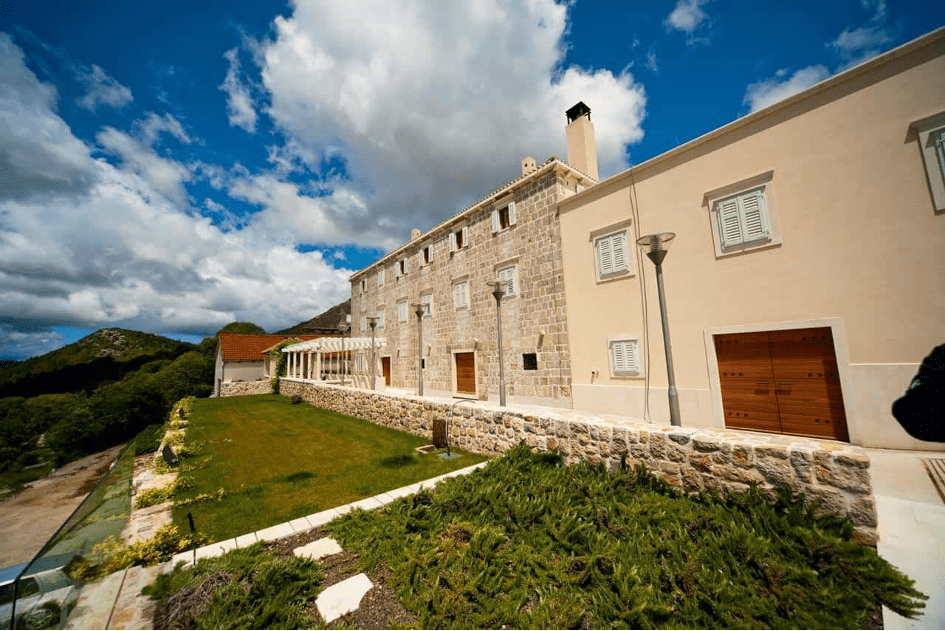
Bibich Winery:
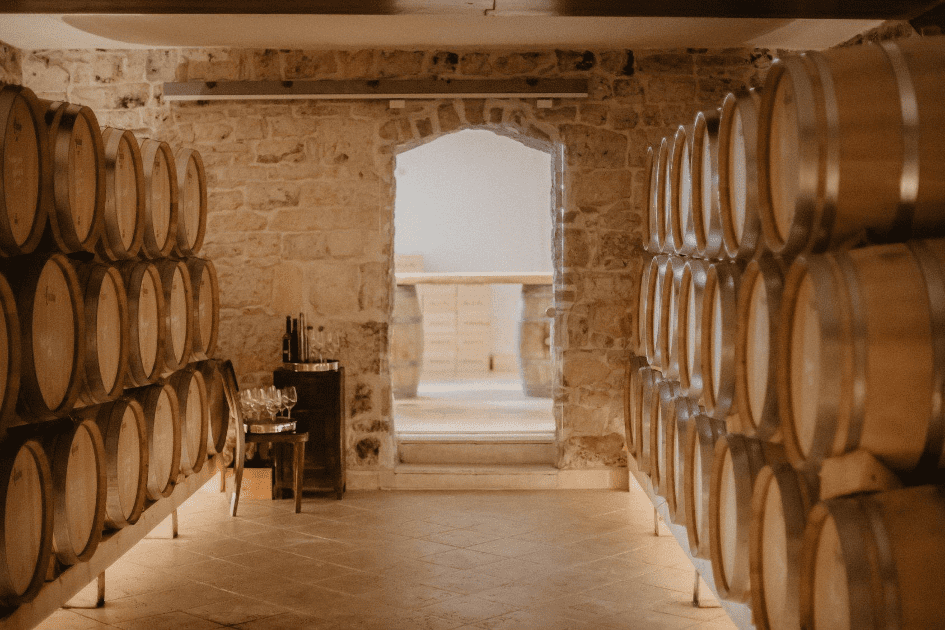
Winery Miloš:
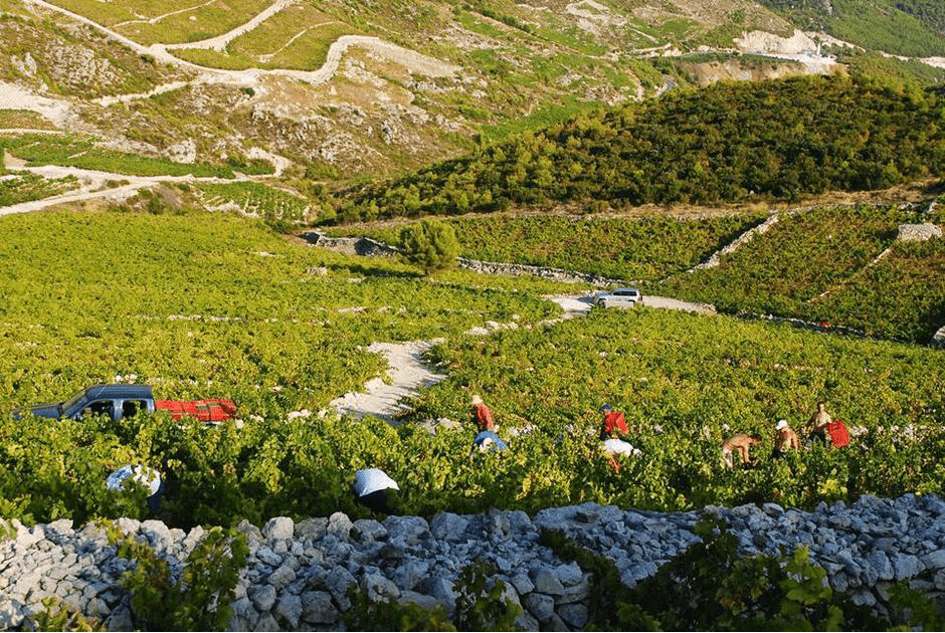
Wine tasting tips
- Dedicate yourself: enjoy the flavors and aromas of each wine and do not rush the tasting process.
- Use all your senses: take into account the colors, aromas, and textures of each wine and pay attention to how they stack each other.
- Take care of yourself: drink water and eat some bread or biscuits to cleanse your palate between tastings.
- Ask questions: don't be shy about asking winegrowers or sommeliers about the wines you taste. He will be happy to share his knowledge and passion with you.
- Wine tasting in Dalmatia is an adventure not to be missed. Winegrowers of the region are proud of their heritage and are happy to share their experience with visitors. Whether you like red or white wines, strong or tender, in Dalmatia you will find a wine that suits your palate.
As you pack your bags and say goodbye to this beautiful end, take a moment to recall the memories you gained during your stay. Perhaps you have discovered a new favorite dish or wine, learned a new cooking technique, or the principle of connecting dishes with wine. You may have gained new friendships and connections during your journey, or you may have gained a deeper understanding of the cultural and historical influences that have shaped Dalmatian cuisine over the centuries.
However your experience may be, we hope it has left a lasting impression on your taste buds and soul. And who knows? You may soon want to taste Dalmatia again, eager to re-experience the tastes and memories from this truly unforgettable gastronomic journey.

